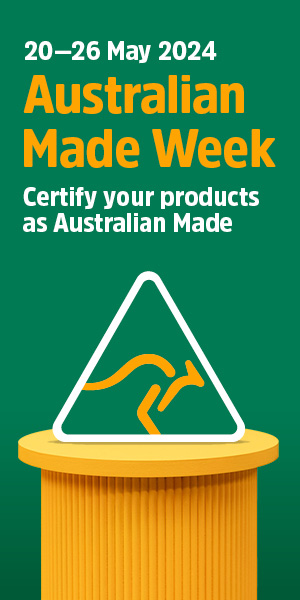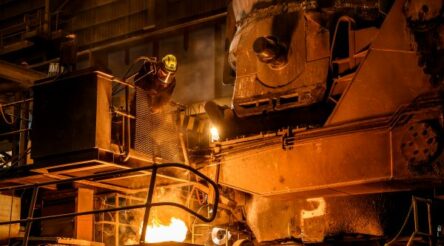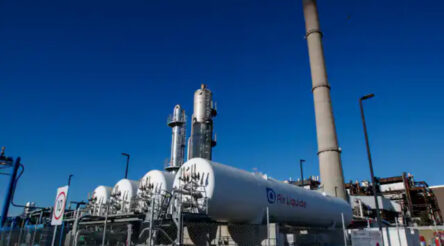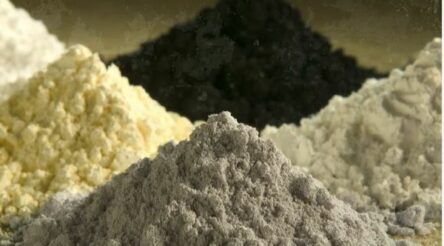Manufacturing news briefs — stories you might have missed
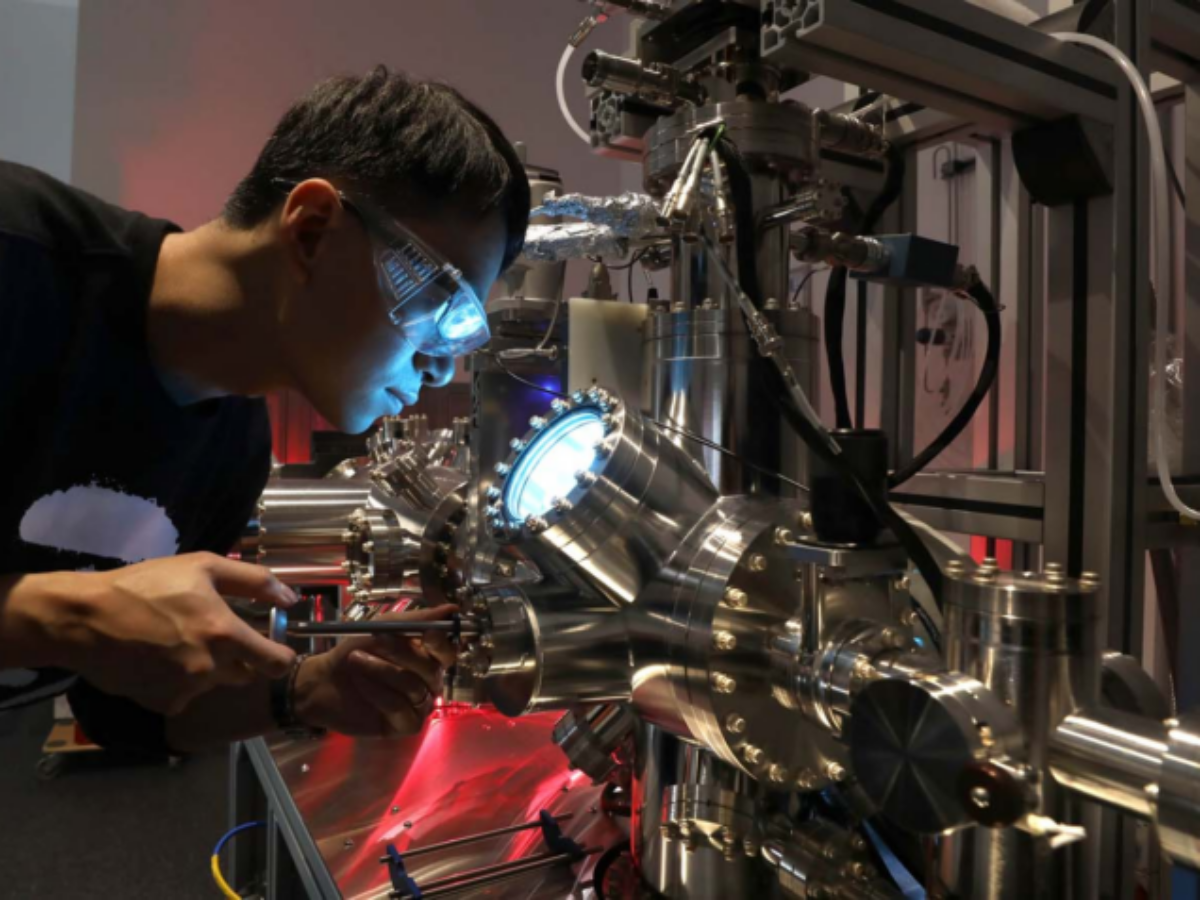
National cleantech conference will no longer run
Nectar Creative Communications, the organiser of the National Cleantech Conference & Exhibition (NCTCE), has said the event “will not be taking place in the foreseeable future.” In a message to those on its mailing list, Nectar said the event’s “success and importance… were evident in the overwhelming positive response from the over 200 delegates who attended the 2022 event in Brisbane, both in-person and online.” The event ran for a third time in March last year, at the Brisbane Conference and Exhibition Centre, following a postponement due to the outbreak of the Covid Omicron variant at the time. “We are truly grateful to all past delegates, sponsors and exhibitors for your past participation and support for NCTCE, and we hope to collaborate with you in our other future initiatives,” said Nectar.
Bid for additive manufacturing-focussed CRC
RMIT University and others are part of a new Cooperative Research Centre bid aiming to establish the Additive Manufacturing CRC (AMCRC). The proposed CRC would have four research themes: application and materials development, technology and process development, digital ecosystem, and training. In a post on Linkedin, RMIT’s Centre for Additive Manufacturing said AM is of increasing importance globally and currently played a role in many industries. “This new initiative aims to raise the bar in Australia in additive manufacturing through collaboration between industry, government and research providers,” it said. “Being industry led and supply chain oriented it aims not just to research and develop new products and processes based on additive technology but to create a local additive manufacturing ecosystems to help support the growth, sustainability and job opportunities in manufacturing.”
New Port of Bundaberg marine industry site opens
A new marine industry site at the Port of Bundaberg was officially opened today by federal treasurer Jim Chalmers and mayor of Bundaberg Regional Council Jack Dempsey. The federal government contributed provided $5.7 million to the $18 million project, which developed unused shorefront into a multipurpose facility, with the remainder coming from Pacific Marine Base Bundaberg. According to a statement, the addition to the port “includes a hard stand to support heavy industry activities, a roll-on/roll-off ramp and a dedicated commercial vessel wharf, all of which will assist in directly connecting local industry and commercial vessels to greenfield development land and local supply chains.”
La Trobe to host Victoria’s largest urban solar farm
La Trobe University has announced that it is creating the largest urban solar farm in Victoria, with around 4,300 solar panels generating enough renewable energy to reduce total university emissions by 15 per cent, and eliminate household emissions for the equivalent of the entire neighbouring suburb of Kingsbury. The $10 million La Trobe University Renewable Zone is being built on 3.5 hectares at its Bundoora Campus and is part of the university’s goal to achieve Net Zero by 2029. The Zone includes a 2.9 megawatt solar energy system and 2.5 megawatt battery energy storage system, which will take the total solar generation at the Bundoora campus to 5.8 megawatts. Construction is due to begin in early 2024.
Nufarm updates FY23 outlook
Agricultural chemicals company Nufarm updated its outlook for the financial year ended September 30, it said on Thursday. It expects to report underlying EBITDA in the range of $430 – $440 million, and leverage within the range of 2.1x to 2.4x. As expected, inventory reduced during the period, however, this was more than offset by an increase in receivables due to the phasing of sales. This is subject to audit. “Despite a very challenging operating environment, we have seen the benefits of revenue diversification across the Group, with some softness in crop protection offset by a very strong performance in seed technologies,” said Nufarm CEO Greg Hunt. “We remain on track for our FY26 revenue aspirations.” Full year results will be announced on November 15.
Kurrajong Kitchen founder wins at Small Business Champion Awards
Co-founder and CEO of food and beverage company Kurrajong Kitchen, Karen Lebsanft, has taken a top prize at the 2023 Australian Women’s Small Business Champion Awards. Lebsanft was winner of the Manufacturing category at the gala event on Saturday and finalist for the title of 2023 Australian Women’s Small Business Champion Icon. Kurrajong Kitchen is a maker of lavosh flatbreads, producing about 1.2 million pieces daily, and uses 87 per cent Australian ingredients. Lebsanft leads a team of more than 40 employees, said the accolade “pays tribute to the 73 per cent of the Kurrajong Kitchen family who are female-represented within the business.”
RECARB opens at Monash University
A new research hub focussed on technologies to transform carbon dioxide emissions opened on Thursday at Monash University. The Australian Research Council (ARC) Research Hub for Carbon Utilisation and Recycling (RECARB) will develop technologies to transform emissions from the energy and manufacturing sectors into useful products and develop the markets for the carbon-embedded products. It opened its doors in August 2023 to begin a five-year program led by Professor Paul Webley, Director and Professor Akshat Tanksale, Deputy Director. Webley said in a statement that, “We need to change our thinking of carbon emissions from pollutants to useful feedstock. The RECARB hub aims to catalyse this change in thinking by working with industry, government, and university partners to develop and provide high quality solutions especially for the hard-to-abate sectors. RECARB is supported by the ARC with $5 million, along with a further $5.8 million from universities and industry partners and $11.8 million in-kind contributions.
Researchers record crackling atoms
Scientists from UNSW Sydney and the University of Cambridge have used novel methods to listen to the sounds of atoms moving under pressure, known as “crackling noise”. These atomic movements occur in avalanches – described as similar to snow avalanches, but made of atoms – and follow very well-defined statistical rules. In a paper in Nature Communications, Professor Jan Seidel (pictured) and his lab were able to record the crackling noise of just a few hundred atoms, in experiments that lasted over eight hours. “What we might learn from studying crackling noise at the microscopic scale could potentially be applied to the study of crackling noise in a range of different fields, from mining to medicine, to neuroscience and materials science,” said Seidel. “This means that studying atoms in the lab this way could lead to new information about crackling noise in different contexts.”
Picture: Professor Jan Seidel (credit UNSW FLEET Centre)
@aumanufacturing Sections
Analysis and Commentary Awards Defence Manufacturing News Podcast Technology Videos






